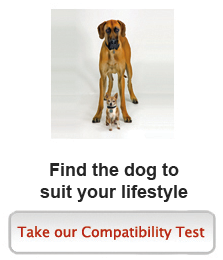Glen of Imaal Terrier
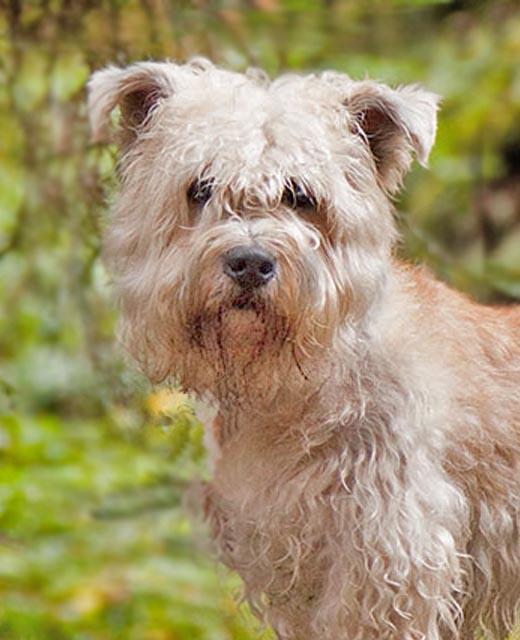
In my own words
Hello!? Yes down here! I know I’m very small, but don’t let that fool you – I am very hardy and was originally bred in Ireland to be a hunting dog to hunt hares and foxes and that kind of thing. I think we are going out in the car later, which is something I am very excited about; because I enjoy going out in the car. Maybe we’ll even go out to the country. Not that I mind of course, I rather enjoy living in London. There’s still plenty of space for me to roam about, and my owner and I go on long walks with the lead. If you’ll excuse the pun, he always leads the way, as I know he is my boss and in charge of the pack.
When I a hunting in fact (or just having a sniff around) I am deathly silent. Hear that? Exactly. You can hear a pin drop. This is so that I do not scare any of the animals I am supposed to be hunting, and that they might just pop their head out of the ground where I am standing! What a great little surprise. I know it’s raining and you want to rush inside, but it doesn’t bother me – my thick coat means I am water proof you see. People say that I am a rare type of dog, and now that I think about it, I can’t remember seeing a dog similar to me. I like it though. It means I am unique!
My ideal owner(s)
City folk
Families
Empty Nesters
What they say about me
Couch Potato
Good hunter
Quiet
Good apartment dog
Is this Glen of Imaal Terrier for you?
Test your knowledge about the Glen of Imaal Terrier
Information essential about the Glen of Imaal Terrier
Kennel Club Group:
Terrier
Size and Weight:
Height: 14 inches (35.5-36.5 cm.)
Weight: 34-36 pounds (15.5-16.5 kg.)
Popularity:
Fairly rare in the British Isles and Ireland. Rare and almost unheard of in the United States
Breed History:
The first thing to answer about the history of this breed is: where is the Glen of Imaal? Well, it’s a remote valley in Co. Wicklow in Ireland and this is where the dog originates. It has rather obscure origins, and no one is really sure where exactly they come from; but it is thought that they can be dated to the reign of Elizabeth I. It is believed that when escaping persecution and fleeing to the remote valleys of western Ireland, dog owners bred their small dogs with the local terriers, and this is where the Imaal Terrier comes from. Eventually they were further bred to help hunters hunt for rabbits and rats, as its small size means it can burrow into holes left by these animals. The ability to dig holes is something the breed maintains to this day. They were also (according to Irish legend) bred to perform a very unique task of walking on a treadmill for hours on end turning a rotisserie wheel that cooked meat over an open flame – however there is little evidence to support this claim. Nowadays it has somewhat lost its hunting instinct, but can still perform the task with good training. The breed is still what is known as ‘mute to the ground’, which means when they are working they are silent. If this dog is at a show it should not bark because of this. The breed was first recognised by the UK Kennel Club in 1975. Its rareness in the USA can be evidenced from the fact that the US Kennel Club didn’t recognise the breed until 1997. As the Glen of Imaal is now used by the Irish armed forces as a firing range, there are no Glen of Imaal Terriers currently living in the Glen of Imaal.
Character:
Glen of Imaal Terriers are a very curious and hardworking breed. They are surprisingly strong for a dog of their size, and are sometimes known as a ‘big dog on short legs’. They are also brave and spirited and like to go for an explore. They love human companionship, but do not constantly need human attention, so they could be good for busy families – even though the dog would still need a lot of attention and exercise. If they do not receive this exercise then they will become a little aloof and this needs to be controlled. Despite their small size, these dogs are still born to hunt; and will constantly look to hunt and chase animals. They can be couch potatoes sometimes, and occasionally will need to be dragged away from their bed; but once out on walks they will be curious and relaxed. When working they are silent, but if they think they – or their owner (they are a very loyal breed) – is under threat then they will bark. The bark is quite loud and booming for a small dog; and this means that they can make good watchdogs. They are moderately intelligent, but are late bloomers; so it takes them a while to go from being puppies to a full grown dog and become more intelligent
Temperament:
Proper training of this dog is absolutely essential , as the dog can develop ‘small dog syndrome’ if it thinks that its owner does not possess any authority. As such the dog must become familier with its owner from a young age, and realise that it is their back leader – and is in charge. This is also true if the dog is going to be around children. When hunting they are vigorous and hardworking, but when inside they are generally calm and mild-mannered. They can make a great family pet – but children must learn to also hold an air of authority over the dog. They’re not great with other dogs or other animals – but they can learn to live with cats if the cat determines a domination over the dog. They like to dig holes, so they need to be trained to restrict this. All in all they are very plucky dogs for their size, and will not be taken as fools. Having said that, they can make great family pets.
Conformation:
Glen of Imaal Terriers are very small but muscular dogs. They have wide heads, with a domed skull, pricked ears, a strong nose and alert eyes. It’s teeth have a strong scissor bite. The bowed legs are short and well boned. It’s body resembles a Welsh Corgi, but lower to the ground; as this is what helps them to hunt burrowing animals. It’s tail is sometimes docked, but this is illegal in many countries. Their coat, like all terriers, is of medium length, harsh and shaggy; and this protects them against the elements. The undercoat is soft and fluffy.
Colour:
Glen of Imaal Terriers are usually grey, but they can be silvery blue to tan.
Training:
Glen of Imaal Terriers are very eager to learn, so training must be carried out positively and consistently. They are very sensitive to correction training and will not respond to violence or shouting. With good obedience training they can be trained to retrieve. Early socialization with humans is an absolute must to establish the ‘pack-leader’ role of the owner
Care:
Because of their think coat, this breed will require brushing at least twice a week. The coat will need to be stripped several times a year. At first this can be performed professionally, but this is easy to learn and can be adequately performed at home. Special care must be taken to the hair around the dog’s eyes and ears, as well as to the hair under its tail
Health:
Like most dogs, Glen of Imaal Terriers can suffer from hip dysplasia and will need to be hip scored by a vet as puppies. The breed in general, though, is very healthy and the only other concerns are eye problems and skin irritations. Due to the fact that the breed is rare and has not been interbreed with other breeds that often, no known genetic conditions exist that can severely affect the health of the dog.
Exercise:
Glen of Imaal Terriers can be great dogs for those without that much space. They do require exercise; like all dogs, but only a very moderate amount. They do like playing, especially if they haven’t had any exercise in a while and this can sometimes be destructive when they are puppies. They need a daily walk on a lead and must be taught not to pull. If they are constantly ahead on the lead, this is a severe sign of weakness on the part of the owner; and the dog will not think of you as the pack leader. They like to dig, and this means that if you have shallow fences they can use this as a means of escape. They’re great to travel long distances with, and enjoy a good car journey; especially if you have a convertible
You may also like:
If you like Glen of Imaal Terriers, you may be interested in breeds of the same size »
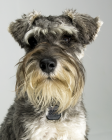
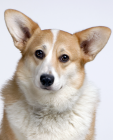
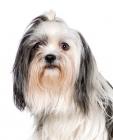
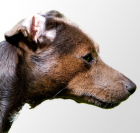
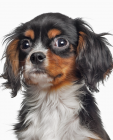
If you like Glen of Imaal Terriers, you may like other breeds with similar characteristics »
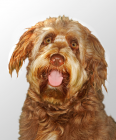
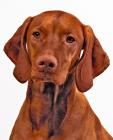
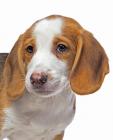
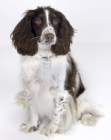
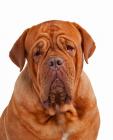
If you like Glen of Imaal Terriers, you may be interested in these other terrier dogs »

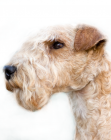
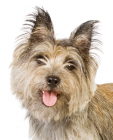

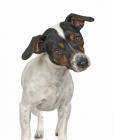
Advice on choosing your breed »
Find an animal shelter or rescue home where a Glen of Imaal Terrier is waiting for a new home »
The following grid gives a fast track review which covers all breeds. You can apply it to help you decide if a Glen of Imaal Terrier is suitable for you, the environment where you live, your personality and your lifestyle. You might like to save or print off this section and keep it for reference while you check some other breeds before making your final choice.
Be the first to rate this breed »
|
*PLEASE NOTE: All our breed profiles are general, and all dogs are individuals. Always talk to the breeders and meet the owners you are buying from. Try to meet the dog and its parents if it is a puppy in their home environment.









